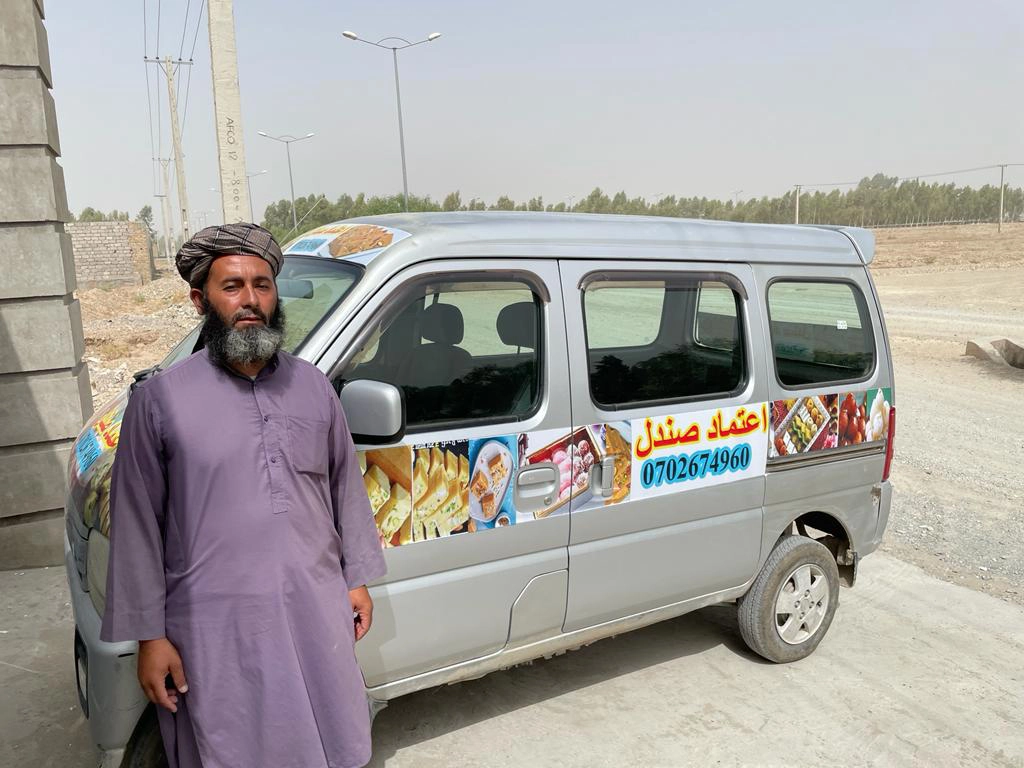Micro Lending Project in Kandahar Province, Afghanistan
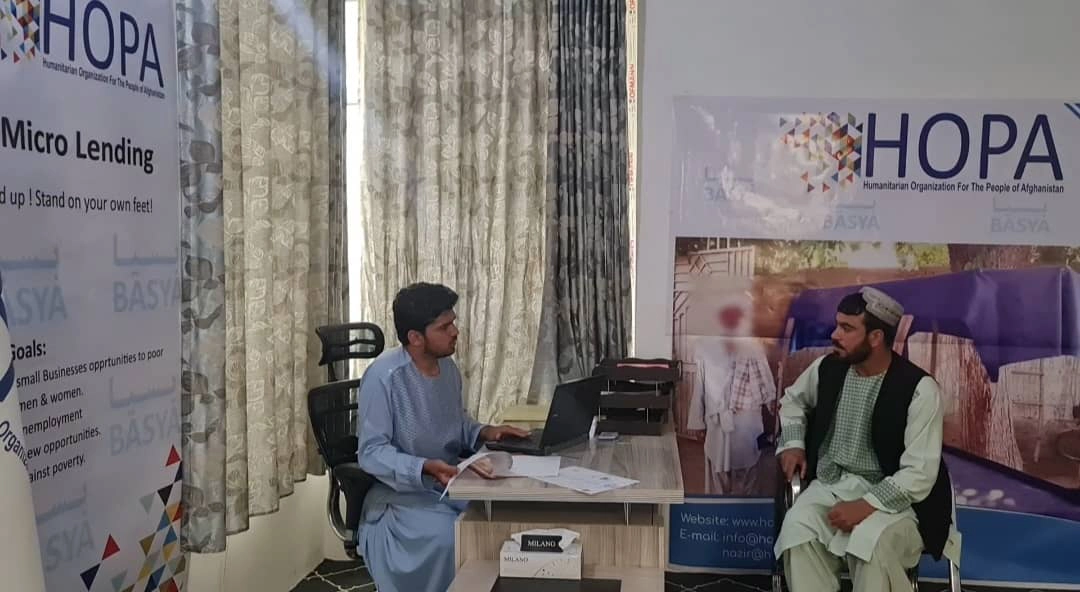
Micro Lending Project in Kandahar Province, Afghanistan
Introduction to the Program
The project is supporting the further development of the microfinance sector in Districts and Center of Kandahar province Afghanistan, through an integrated package of support, including six outputs. Outputs 1, 2 and 3 will strengthen the capacity of the microfinance industry to provide financial services to a broader cross-section of the community and strengthen the capacity of its clients and potential clients to utilize these financial services. Output 4 will provide appropriate regulation for, and supervision of, microfinance. and savings and loan societies (SLSs). Output 5 will seek to increase lending to micro and small enterprises (MSEs) to increase rural income generation. Output 6 will provide efficient and effective project management services to the project. As a result, participating financial institutions (PFIs) throughout in Kandahar Province, which will be identified through a series of institutional assessments, will be better able to provide profitable, appropriate, reliable and safe financial services to financially literate clients and capable businesses, with a view to reducing poverty.
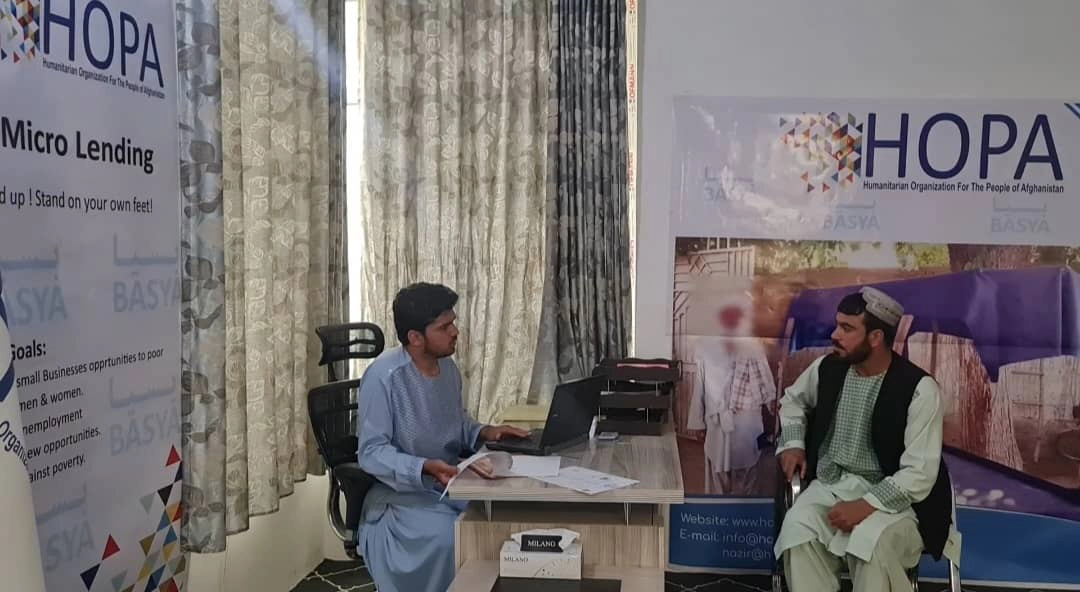
The Project was highly relevant to the Country Strategy and Program (CSP) for Afghanistan, whose main aim has
consistently been a sustainable reduction in poverty. The key Components of the CSP update were to improve basic social services and take developmental actions, to enhance human resources development and eradicate the poverty
from the selected area, and to promote good governance in the Micro lending sector. HOPA policy advocates adoption of an integrated approach to Micro Lending management, improved access to quality structure of the project, the introduction of regulatory control, and use of the private sector for scheme development and management of Kandahar province Micro Lending facilities. All of these policies were reflected in the Project in time of the implementation of the project and during the project the Evaluations were conducted by staff member of HOPA.
Similarly, the Project was very relevant to Kandahar province and District development objectives as defined in the need of the people. Further relevant objectives of the plan included the provision of appropriate sanitation services, reduction of poverty, and elimination of the burden of the poor people, which is done mostly by men. The inclusion of NGO coordination in the Project is, therefore, particularly appropriate.
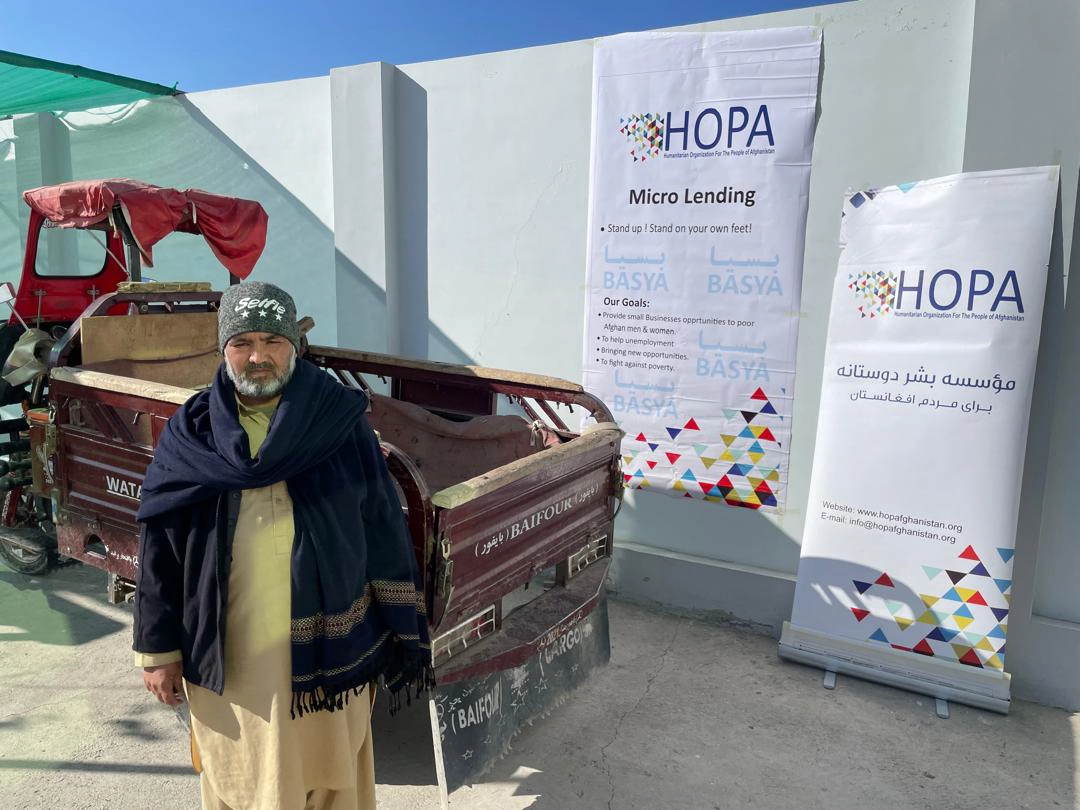
providing consulting services to (a) coordinate activities of the co-financiers of the investment project; (b) review the design and tender documents, and conduct tender evaluations of all project packages; (c) report on project progress; (d) account for project costs; (e) prepare financial, economic, environmental, and social analyses of the investment project;
(f) conduct socioeconomic, regional planning, and environmental surveys; and (g) Prepare a public awareness program encompassing packaging education.
The Result of the identification Process
The project’s impact will be enhanced economic growth led by the private sector. The outcome will be sustainably and safely providing financial services to a substantially increased number of clients across District and Center of Kandahar Province. In order to finish the work within the implementation period and budget, instead of gathering data on their own, the advisory committee and consultant had to make assumptions regarding key issues such as the location of demand need, per-capita demand figures, daily and seasonal peak factors, and annual population growth. From the realized Project performance and outcome, it can be seen that the Project had been adequately designed through the correct definition of problems, the accurate identification of project objectives, and the viable choice of implementation strategy. At the same time, the identification process is closely linked to different stakeholders, this ensure the Project is able to create impacts to the right target beneficiaries.
Project Overview
Related Projects
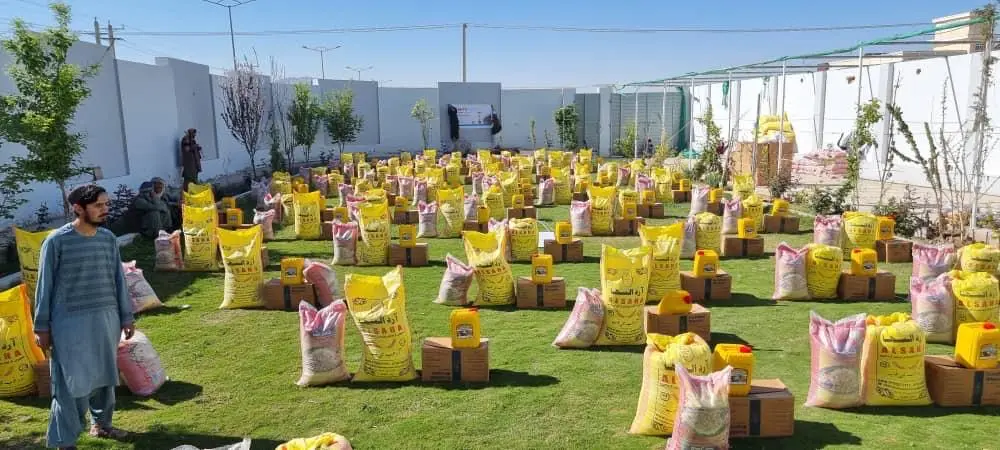
Food Distribution in Kandahar Province, Afghanistan
The main objective of the Project was to assist the poor people and eradicate the poverty from the selected area of Kandahar Province in preparing and providing the food Distribution Project.

CBT Report for 2024 year second project
To provide immediate lifesaving assistance through Food and Cash, response to the population affected by the economy crisis or disabilities man and women in 4 districts of Kandahar province , in order to reduce and prevent economic crisis and suffering.

HOPA Enhances Water, Sanitation, and Hygiene (WASH) Infrastructure in PD-9, Kandahar City
Kandahar City, PD-9 – Access to clean water and improved sanitation is fundamental to public health and community well-being. To address these critical needs, HOPA (Humanitarian Organization for the People of Afghanistan) successfully implemented a WASH (Water, Sanitation, and Hygiene) project in PD-9 of Kandahar City.
